How Does Upaya Pick Participants For Its Accelerator Cohort?
The Upaya team heads into the weekend looking forward to a well-deserved break, having just winnowed the 281 applications for our agri-business accelerator to 15 companies that we’ll present to our selection committee. They will have the even harder job (in some ways) of selecting the final 10 -12 cohort participants who will join us in Bangalore at the end of the month.
While accelerator programs are sprouting up like mushrooms all over the world, we think that Upaya’s objectives give us a unique approach to selection. Like all accelerators, we look at the business fundamentals in deciding which companies to include: team experience and strength, evidence of product-market fit, unit economics, clarity of scale plan… But this is all secondary.
The first part of any application that we review is their articulation of how their business will build livelihoods for the extreme poor. Our threshold requirement is that a company we invest in (or include in an accelerator) show a credible vision for improving the lives of 1,000 people currently living on $1.90 per day* within three years—or, in cases of particularly remote or challenging geographies, 500 people. We’re specific about minimum levels of improvement too. We want to see jobs that provide reliable income for at least six months per year at levels that lift a person above the extreme poverty line.
Jobholders at ElRhino sheets of tree-less prepare paper to be bound into extraordinary notebooks.
We know that execution in these businesses is hard and we don’t expect that any entrepreneur will have a clear and accurate impact forecast in their application. However, the way they write about their vision and can describe their current work can be a clear differentiator. We ask them to tell us about five people whose lives have been improved by their company. That question ended up being surprisingly pivotal. For the companies whose business models lead to incidental increases in farmer income, it was clearly a question they hadn’t really considered before. For the entrepreneurs who started their businesses with that objective in mind, it was probably the easiest part of the application.
I keep reading that “AgTech investing is hot…” and “everyone is getting into agri…” That’s nice. That’s not why we’re running this accelerator. In India, 70% of the 90 million households who rely on agriculture for a living spend more money than they earn each month. That kind of uncertainty and instability is soul-crushing. It’s inspiring to know how many innovative entrepreneurs are building businesses to replace the instability and uncertainty with dignity.
*Source: Taking on Inequality: Poverty and Shared Prosperity 2016, The World Bank
ABOUT UPAYA SOCIAL VENTURES:
Upaya Social Ventures is building a dignified economy by providing investment and support to early-stage businesses creating sustainable livelihoods for people living in the most extreme poverty.
Upaya’s award-winning impact-first model seeks out and supports oft-overlooked companies creating work that is safe, stable, inclusive, and rewarding—generating a transformative impact on families, communities, and economies.
Since its founding in 2011, Upaya’s portfolio companies have created over 44,000 dignified jobs across India. Please visit upayasv.org for more information.
MEDIA CONTACT:
Madlin D’silva
mdsilva@upayasv.org
